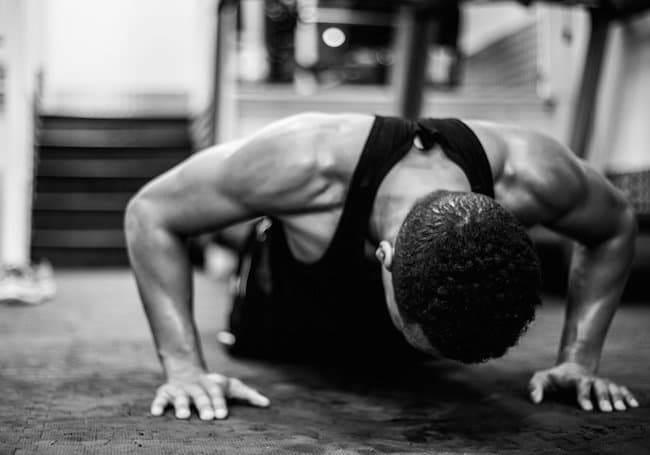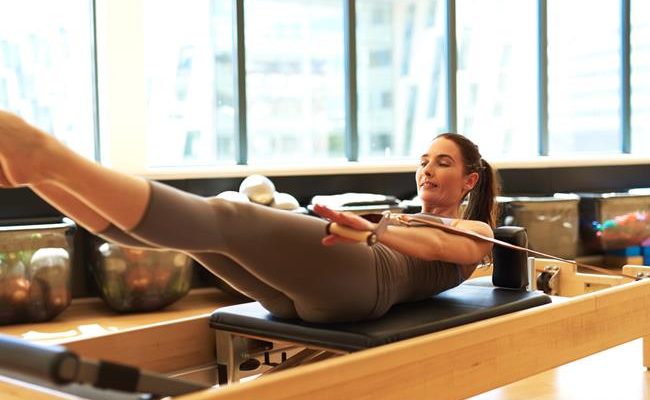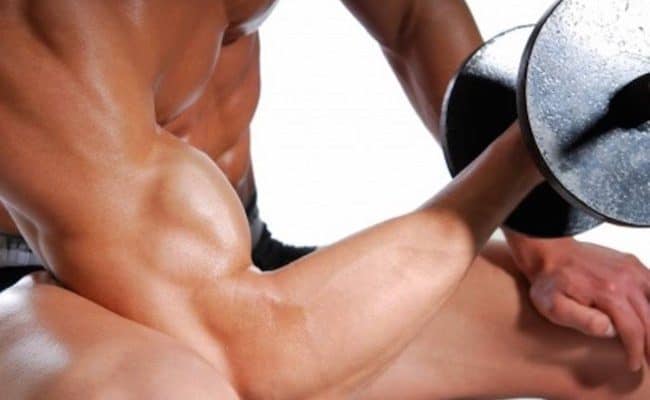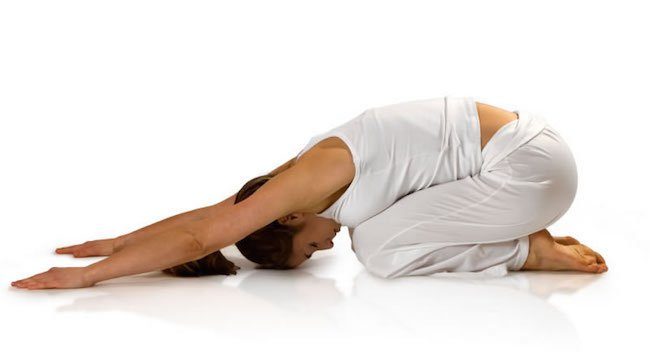
High intensity interval training for the masses
A growing body of scientific evidence is supporting the use of high intensity interval training (HIIT) for eliciting physiological adaptations in elite athletes. A number of studies suggest that HIIT is responsible for aerobic adaptation in highly trained athletes when traditional aerobic training has stopped making a difference.
Popularity, as expected, is increasing exponentially and is the next training craze. However, does it worth the hype it is receiving or is it just one more thing to fall in and out of favour?
Since not everybody is an elite athlete the main question here is whether it can be relevant to the masses.
High intensity interval training
To keep this simple, HIIT is what it says it is on the tin. It involves training alternating intervals of high intensity exercise with intervals of rest or low intensity exercise. For example 2 min of high intensity cycling with 1 min of rest/ low intensity cycling and so on.
Interval training tends to be performed in short workouts of cycling or running. However, as it evolves in the training world, it is becoming quite common to be performed in small circuits and to include some resistance exercises.
Neither the principles nor the methods behind the HIIT are new as such. Studies have looked at intermittent intensity type of training and have returned good results.
Benefits of Interval training
1. Time efficient
‘Lack of time’ is usually one of the most common limitations for participation in exercise. HIIT can be performed in short workout sessions which usually don’t last for more than 15min.
Although both exercise volume and time spend exercising appears to be small HIIT can still elicit muscular and physiological adaptations. These adaptations appear to be similar with those which take place after continuous endurance training.
Thus one can argue that HIIT can provide the same fitness gains endurance training sessions do and in half the time. This is of major importance for those individuals who indeed struggle to find time to follow exercise and from a public health perspective.
The benefits of exercise spread further than just being fit and having muscles. Exercise has a major role in prevention and treatment of disease. Short workouts could provide the answer to fitness for many who couldn’t follow or stick to exercise long term.
2. Fat utilisation
High intensity interval training is becoming very popular for the results it can produce in respect to fat burning. In general fat burning is higher during low to intermediate intensity exercise rather than high intensity, thus it wouldn’t have been expected that high intensity intervals would elicit a high fat burning result.
Some studies indicate that although the working muscle prefers carbohydrates for fuel at higher intensity, the whole body fat metabolism is still high.
However, exercise at high intensity can produce hormones and metabolic responses in the body which can be different from those induced by medium intensity workouts.
High intensity interval training is suggested to increase some of the stress hormone levels in the blood which in return increase fat metabolism. In addition, it has been shown to increase the amount of mitochondria in the skeletal muscle. Mitochondria are the ‘power houses’ of the body and are involved in producing energy amongst other things.
In very simple words, the increase in these powerhouses results in increase in energy utilisation.
3. Can be performed anywhere
Being able to perform a workout in just about everywhere can play an important role when it comes to sticking with exercise. Some workouts can require attending a gym or following exercise lessons or needing specific equipment and so on.
This can be an issue if accessibility to some or all of the above is limited or compromised. For many, time is an issue and even if the time spend exercising is halved the time required to get to an exercise facility may still be an issue. In addition, childcare or financial issues or just distance may be limiting.
High intensity interval training sessions can be performed anywhere including the comfort of a living room. Obviously not all HIIT workouts can be performed everywhere but the variety of different workouts can mean that you have ample of choice to fit a lot of different circumstances.
Is this an element only present for HIIT? Actually I would argue that if there’s a will there’s a way and exercise is by far limited to a gym regardless the type. Even for strength training one can utilise the environment to create ‘resistance’ for an exercise. Majority of HIIT workouts tend to use the body’s own weight for resistance which translates to flexibility when it comes to performing the workouts.
4. Variety and challenge
High intensity interval training tends to be considered with cycling or running. However, these are not the only workouts. There have been a number of different methods which have been developed so some workouts can be slightly different from others.
The methods tend to change depending on the exercise to rest/low intensity ratio. Apart from that as long as the principles are being followed most types of exercises can be performed as a HIIT workout.
Short and variable workouts can offer a solution to boring long aerobic sessions. Yes some people may prefer the long and steady state exercise but variety and challenge can keep exercise alive for the majority of people.
Undoubtedly HIIT can provide the physical challenge, as exercises are performed at high intensities. If anything the challenging aspect can be too much.
5. Health
Exercise is medicine and this becoming more and more a fact. How much exercise, how often and what type of exercise is required for health benefits? Well there are all the numerous guidelines about the minimum amount of exercise required, but as many may know the 150 min a week is not always possible for everybody.
Can HIIT improve health markers? Surprisingly studies seem to say that yes they can do despite the low volume of exercise performed. Studies have shown improvements in VO2max and cardiovascular fitness and in type 2 diabetes.
HIIT limitations
The major limitation of HIIT is the intensity aspect. Not everybody is able to or should exercise at high intensities. Duration of 1 or 2 min or even 20 sec per exercise doesn’t sound like a lot but if exercise is performed at high intensity then this can be too much.
The amount of time spend exercising as well will be dependent on the intensity. An 8min workout performed at 100% VO2max may be sufficient for eliciting cardio-metabolic adaptations but how many non-elite athlete mortals can perform an exercise for 8min at that intensity; probably not many.
Aiming for 15-20 min workouts and with slightly lower intensities may be more realistic and possible. Still it may mean getting some basic fitness before even going near a HIIT workout.
Health constraints are another element to be taken into account. The intensity and type of workouts can be especially contradicting for people with cardio-respiratory conditions and complaints and obese people.
Exercise on its own can place a massive strain on the heart and respiratory system even at low intensities let alone when performed at such high pace. As with any health conditions a doctor should be consulted before starting a workout and exercise may be advisable to be picked with an adequately qualified exercise professional.
Given the variety of the workouts not everything has been covered by studies so not every combination can apply for everybody. In addition, a number of the studies may be relevant to elite athletes and their needs or even adaptations to exercise can be very different from the average ‘Joe’.
2 x15 min workout samples
Workout no 1: 2min on 1min rest. Single exercise workout perform for 12min
Perform 2 min all out rowing with 60sec rest.
Workout no 2: 20sec on 10 sec rest.
1 round = Perform each exercise for 20sec with 10sec of rest between them.
Do 2 consecutive rounds then have 1min rest. Repeat 3 rounds with 1 min rest. Repeat 3 rounds again. Total workout time 15min.
- Mountain climber
- Burpee
- Plank jumping jacks
- Kettlebell double hand swings










